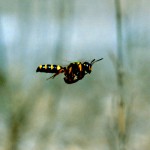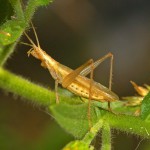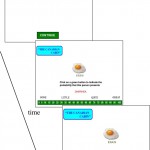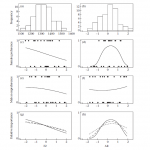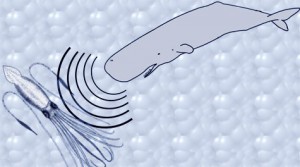
It is not hard to notice the human induced pollution found in the oceans. However, the pollution that is disrupting marine ecosystems by killing various underwater wildlife is not limited to the physical waste that we can see on the ocean’s surface. Humans have managed to find even more creative ways to change the underwater ecosystems. However strange it may seem, the effect of anthropogenic sound on marine mammals has become a serious concern in recent years.
Anthropogenic noise is any human generated sound that can disrupt the hearing and vocalization for cetacean species. Marine mammals greatly rely on their sound-based senses for foraging, communicating, and navigation, among other sensory capabilities. Therefore, any human activities such as oil exploration, fishing, and transportation that are based out of or on the ocean’s surface that use machinery such as boats which emit sounds, can adversely affect surrounding organisms. This sound pollution of various frequencies and intensities have the power to disrupt the sounds needed for cetacean survival.
One recent study designed an experiment to investigate how both natural sounds and anthropogenic (unnatural) sounds increases the perception of risk in marine mammals. A small sample size of 12 sperm whales were tagged with audio and movement recording data loggers over the course of five years. In the first phase of testing, the experimenters exposed three types of solar sound transmissions of various frequency active sonar from an approaching vessel to the whales, simulating anthropogenic disturbance. They continued in the second phase by exposing the sperm whales to previously recorded killer whale playback stimuli at naturally occurring sound levels which simulated predation.
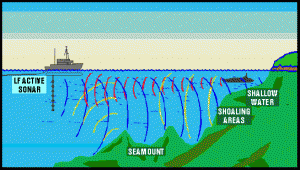
Tagged sperm whales were subject to controlled exposure experiments which included low frequency active sonar from an approaching vessel (1-2 kHz)
Although there was no formal hypothesis, the quantitatively estimated time and energetic cost of the cetacean behavioral responses to the sonar proved that the tagged whales switched to a non-foraging, active state during experimental transmissions of low frequency active sonar (1-2 kHz) (Figure 2) with similar responses coming from the playbacks of the killer whale vocalizations. Due to the increased time spent in the active non-foraging behavior, the experimenters were able to conclude that there would be a statistically significant reduction in prey intake, a necessary tradeoff for survival.
The significance of these results depends on the reader and is up for debate. On one hand, the reduction of anthropogenic noise by stopping necessary manufacturing could lead to harmful economic repercussions and negative opportunity costs to society. This research does, however, provide insight into the marine impacts of anthropogenic sound using a small sample size of only one species. The small sample size limits the impact of this paper but opens the door to further research regarding the consequences of the tradeoff between normal behaviors, such as foraging, and perceived level of risk. Further research and debate is needed to determine the significance of anthropogenic noise in the ocean.
Reference:
Isojunno, S., Curé, C., Kvadsheim, P. H., Lam, F.-P. A., Tyack, P. L., Wensveen, P. J. and Miller, P. J. O. (2016), Sperm whales reduce foraging effort during exposure to 1–2 kHz sonar and killer whale sounds. Ecological Applications, 26: 77–93. doi: 10.1890/15-0040

